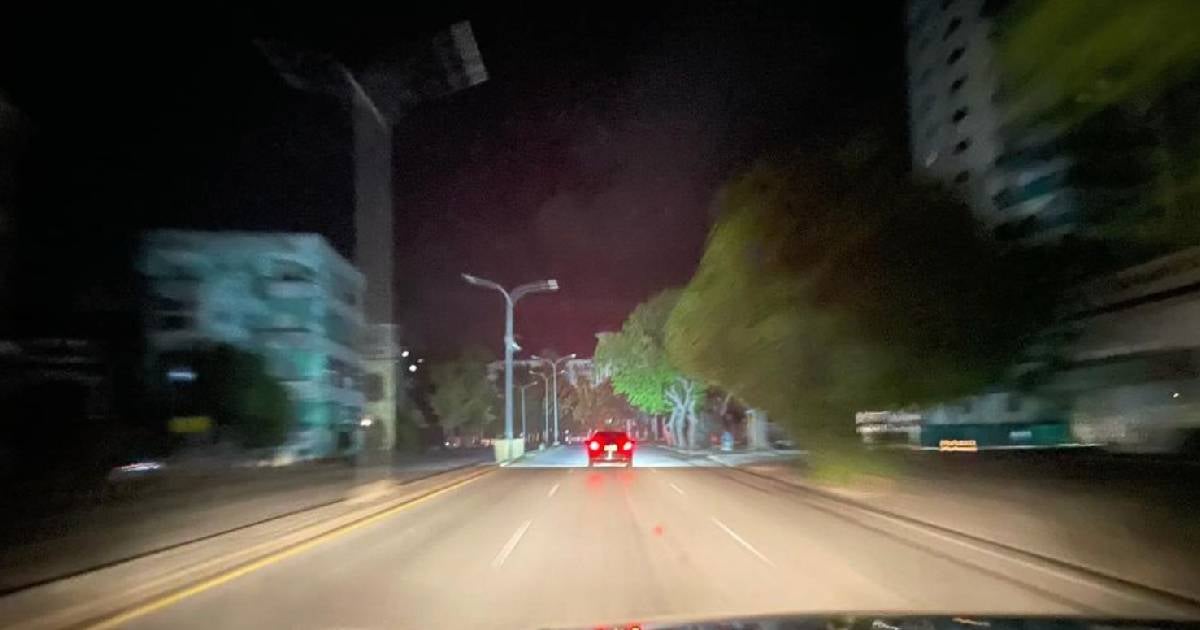The restoration of Cuba's electrical grid is progressing at a sluggish pace, with merely 11% of the national demand back online, according to Lázaro Guerra, Director of Electricity at the Ministry of Energy and Mines. In a statement on national television, Guerra highlighted that while some progress has been made in the western region, significant challenges remain throughout the rest of the island, which was plunged into darkness on Friday due to a major power outage.
"We are making strides in restarting operations in the western zone, with the Santa Cruz thermoelectric plant now operational, and we are moving towards Mariel to resume service," Guerra noted. He explained that although a microsystem in the central region remains functional, the Antonio Guiteras thermoelectric plant is still in the process of restarting. Efforts are also underway to reach the Nuevitas thermoelectric plant, he added.
Eastern Cuba Faces Greater Delays
Recovery efforts in eastern areas have been notably slower. The Felton and Renté plants continue to struggle with reactivation, which has further delayed the complete restoration of service in these regions. According to Guerra, the plan involves gradually linking the different electrical subsystems across the country as generation capacities allow.
As of now, a load of 370 MW has been restored, representing a mere 11% of the total national demand, he stated. This figure underscores the extensive work still needed to return the energy system to normalcy, leaving Cuban citizens grappling with the fallout from the widespread blackout that has disrupted daily life and the economy since Friday.
Continued Challenges and Additional Complications
A report from the Unión Eléctrica on Saturday disclosed that "yesterday's service was affected by a generation capacity deficit throughout the day," and "service could not be restored by early morning today." The statement indicated that "the maximum impact due to a generation capacity deficit during peak hours was 1642 MW at 7:20 PM, coinciding with the peak hour," according to the state entity.
Additionally, the report noted that "due to fuel shortages, 54 distributed generation plants are out of service, along with the Mariel barge, the Mariel CDE, the Regla barge, 11 engines of the Melones barge, the Moa CDE, and the Santiago de Cuba barge, totaling 909 MW—335 MW from distributed generation, 390 MW from barges, 84 MW from the Mariel CDE, and 100 MW from the Moa CDE."
Moreover, the island's telephone and internet services have suffered disruptions. This situation is compounded by the threat of a hurricane potentially making landfall in the northern part of Holguín province.
